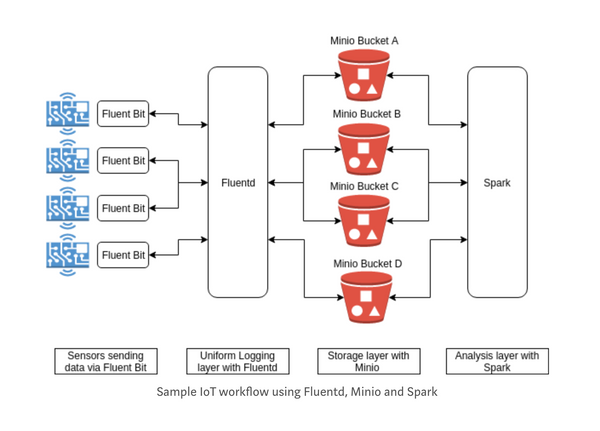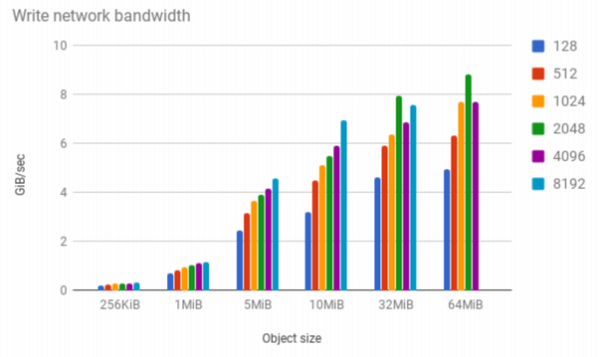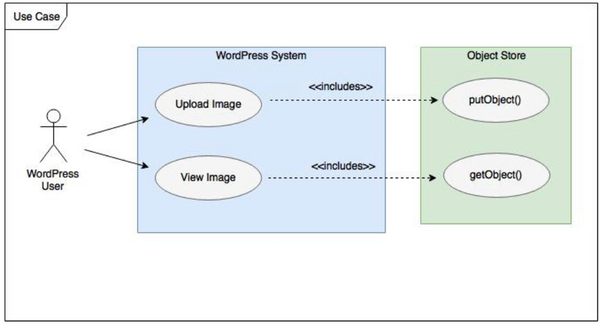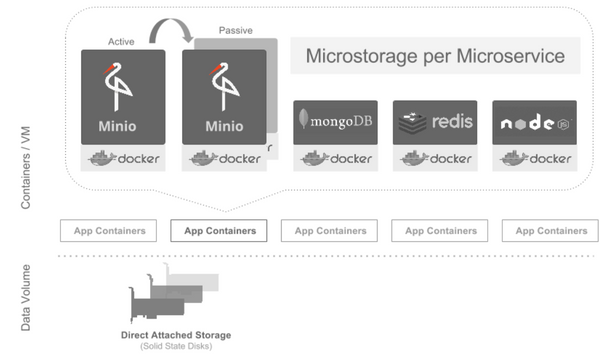MinIO, the ZFS of cloud storage
ZFS is best known for abstracting away the physical storage device boundaries by pooling them together. ZFS completely removed the need to manually handle physical storage or worry about their individual capacities. ZFS is also a pioneer in its ability to detect data corruption and recover if data redundancy is available. However, as we already discussed, traditional filesystems can’t
Read more










